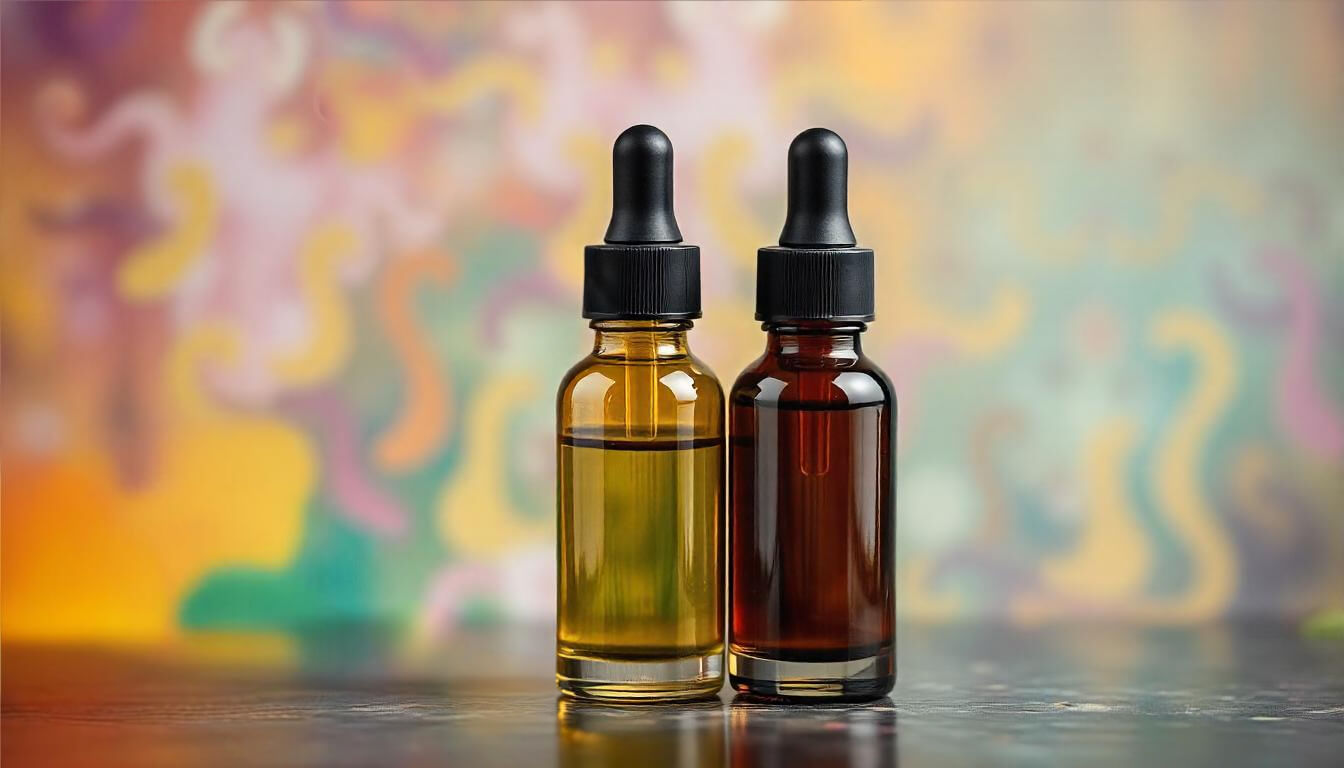There are three types of CBD extract: full-spectrum, broad-spectrum, and isolate. Although many online shops sell these products, most Australian CBD oils are categorized as either broad-spectrum or full-spectrum. Although there is only one slight difference, their effects will vary widely. Below, we’ll explain the differences and benefits each offer.
Full-Spectrum CBD
As the name suggests, full-spectrum CBD contains all the different components available in the Cannabis Sativa extract, including tetrahydrocannabinol (THC).
The current legislation indicates that full-spectrum CBD products may contain only 0.005% (50mg/kg) or less THC.
Pros & Cons of Full-spectrum CBD
The most notorious benefit of taking full-spectrum CBD is known as the entourage effect. The entourage effect happens when all the cannabinoids present in the extract work simultaneously, thus enhancing the benefits of one another.
To benefit from the entourage effect, you’ll have to ingest the following Cannabis Sativa components:
- Cannabinoids (such as CBD, THC, CBG, CBC…)
- Flavonoids
- Terpenes
Those looking to enjoy the full benefits of CBD might opt for a full-spectrum product. Although the THC content will be very low, its presence alone will affect the entourage effect.
One potential adverse effect of ingesting full-spectrum CBD is that you may feel “high” if you consume very high doses. This will happen due to the THC present in the product. However, due to the legal limit of THC, it’s implausible you’ll experience this feeling.
Additionally, since full-spectrum CBD products contain THC, there is a higher risk of you testing positive for cannabis when you need to take a drug test. Once again, this is an unlikely situation due to the low legal limits of THC in CBD products in Australia.
Broad-spectrum CBD
Broad-spectrum CBD is almost identical to full-spectrum CBD, the only difference being that it doesn’t contain any THC. All other components of the Cannabis Sativa plant will be present in this product, including all other cannabinoids, terpenes, and flavonoids.
This product also promotes substantial benefits, as you’ll still take advantage of the components working simultaneously. Nonetheless, the effects won’t be as strong since it doesn’t contain THC.
Pros & Cons of Broad-spectrum CBD
A possible advantage of picking broad-spectrum CBD over full-spectrum is that you’re less likely to suffer from psychoactive effects, as it doesn’t contain any traces of THC. However, legal full-spectrum CBD in Australia has such low contents of THC that it’s also unlikely you’ll experience these effects with either option.
One of its drawbacks is that the entourage effect will be less efficient since it doesn’t contain THC. Even though more research is necessary, the entourage effect theory suggests that the components work best if THC is also present in the formula.
Luckily, this doesn’t mean you won’t reap the benefits of all the other Cannabis Sativa components when ingesting broad-spectrum CBD.
Which type of CBD is right for you?
The answer to this question is highly individual, mainly because each person has their own needs. We recommend contacting your doctor for advice on which type of CBD oil will be better suited for your diagnosis.
